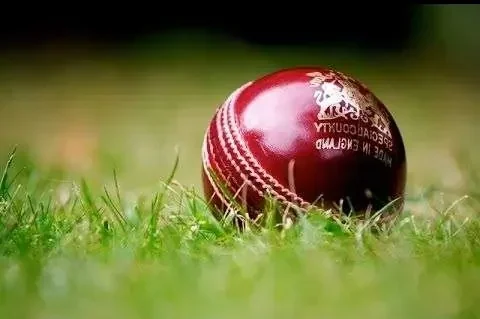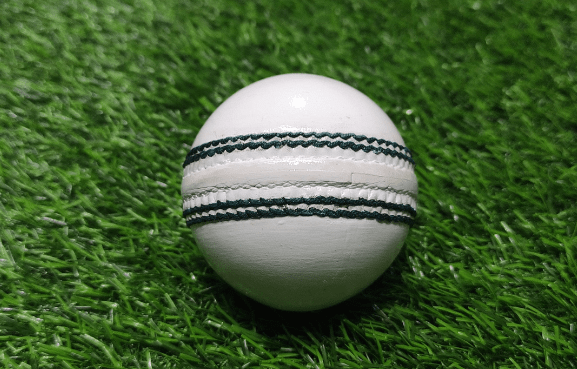
What is the Weight of a Cricket Ball
The weight of a cricket ball is typically between 5.5 to 5.75 ounces (155.9 to 163 grams). The regulation of cricket ball weight, as defined by the International Cricket Council (ICC) and various cricket boards, should be between 5.5 to 5.75 ounces (approximately 155.9 to 163 grams). Adhering to this standard ensures that cricket balls used in professional matches and competitions maintain uniformity and fairness, providing consistency in gameplay and a balanced contest between bat and ball.
Additional Information:
- Cricket ball weight tolerance: The ICC allows a tolerance of 0.5 ounces (14 grams) for the weight of a cricket ball. This means that the ball can weigh between 5.25 to 5.75 ounces (148.9 to 163 grams).
- Cricket ball circumference: The circumference of a cricket ball is regulated to be between 8.81 to 9.65 inches (22.4 cm to 24.5 cm).
- Cricket ball material: Cricket balls are typically made of leather and cork. The cork core is wrapped in layers of string and covered with leather.
The Different Types of Cricket Balls
There are three main types of cricket balls used in the sport: red, white, and pink balls.
- Red Ball: The traditional red cricket ball is used in Test matches and most first-class cricket games. It is made of cork and covered with red leather. The red ball is favoured for its ability to swing and seam, especially in traditional cricket conditions.
- White Ball: The white cricket ball is used in limited-overs formats such as One-Day Internationals (ODIs) and Twenty20 (T20) matches. It is also made of cork but is covered with white leather. The white ball is preferred for its better visibility under floodlights during day-night matches.
- Pink Ball: The pink cricket ball is used specifically for day-night Test matches. It is similar in construction to the red ball but has a pink-coloured leather cover. The pink ball is designed to offer improved visibility under artificial lights during the evening sessions of Test matches.
Each type of cricket ball has its unique characteristics, influencing the style of play and tactics employed by players in different formats of the game.
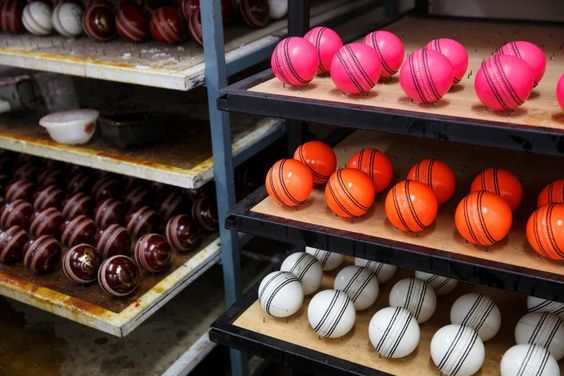
Understanding the Weight of a Cricket Ball
The weight of a cricket ball is a crucial aspect that significantly impacts the game. Traditionally, cricket balls weigh between 5.5 to 5.75 ounces (approximately 155.9 to 163 grams). The ball’s weight plays a vital role in determining its flight through the air and the level of bounce it generates off the pitch. Bowlers rely on the ball’s weight to achieve swing and seam movement, making it challenging for batsmen to predict its trajectory.
The Impact of Ball Weight on Bowling and Batting
Impact of Ball Weight on Bowling:
The weight of the cricket ball has a significant impact on bowling techniques and strategies. A heavier ball, closer to the upper limit of the regulation weight, tends to be more challenging to handle for the bowler but can generate more pace and bounce off the pitch. Fast bowlers often prefer slightly heavier balls as they can generate more momentum and transfer greater energy into the delivery, resulting in increased speed.
On the other hand, a lighter ball may be easier to control for spin bowlers, allowing them to impart more revolutions on the ball and generate greater spin. The weight of the ball also affects its swing and seam movement. Bowlers can exploit the weight and condition of the ball to produce different types of deliveries, adding variety and unpredictability to their bowling arsenal.
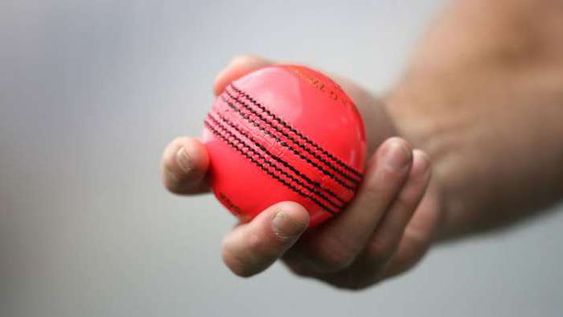
Impact of Ball Weight on Batting:
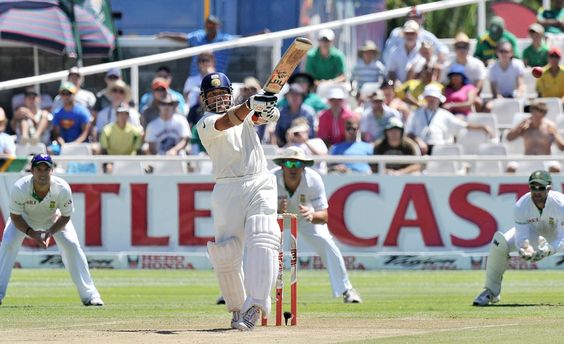
Factors Affecting the Weight of Cricket Balls
The weight of cricket balls can be influenced by several factors. The primary factor is the material used in their construction. Cricket balls are typically made of cork, wrapped in twine, and covered with leather. Variations in the density and thickness of these materials can lead to slight differences in the weight of the finished ball. Manufacturing processes also play a role; variations in moulding or stitching can affect the weight. Additionally, external factors like environmental conditions, such as humidity and moisture absorption, can impact the weight of the ball over time.
The Physics Behind the Ball’s Weight
The weight of a cricket ball is a product of its material composition and the laws of physics governing its construction. The ball’s core, typically made of cork, provides the primary weight, while the twine wrapping and leather covering contribute additional mass. According to the laws of conservation of mass and density, the combined materials determine the ball’s overall weight. The choice of materials and their densities also influence the ball’s moment of inertia, affecting how the ball responds to forces applied during play. For bowlers, the weight distribution impacts the ball’s angular momentum, enabling them to generate swing and seam movement.
Innovations in Cricket Ball Technology
Dukes “Quantum” Ball: The Dukes Quantum ball is designed to provide improved swing and seam movement. It has a larger seam and a pronounced, harder centre, which allows for more pronounced movement through the air and off the pitch.
Kookaburra “Turf” Ball: The Kookaburra Turf ball features a durable outer layer that enhances its performance on turf pitches. It is designed to maintain its shape and shine for a longer duration, leading to consistent swing and bounce.
SG “Test” Ball: The SG Test ball is engineered to provide optimal performance in Test cricket matches. It offers good swing and seam movement and is designed to last longer, making it suitable for the longer format of the game.
Readers “Windball”: The Readers Windball is a soft ball used for practice sessions, particularly indoors or in limited space areas. It allows players to practice without the risk of injury and is often used in coaching and training programs.
Kookaburra “Smart Ball”: The Kookaburra Smart Ball comes equipped with a microchip that records data such as ball speed, revolutions, and trajectory. This technology provides valuable insights to players and coaches to analyze and improve their performance.
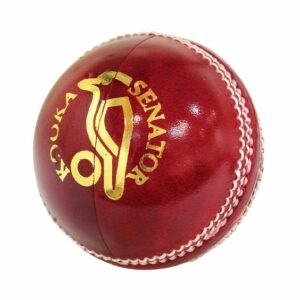
TurfTuff Seam-Genie: Seam-Genie is a tool used to maintain the seam of the cricket ball. It enables players to shape and maintain the seam, which is crucial for swing and seam movement.
Kookaburra “Turf King”: The Kookaburra Turf King ball features an innovative core design that provides improved durability and shape retention, leading to a consistent performance on various pitches.
These innovations in cricket ball technology have played a significant role in enhancing the game, providing bowlers with more tools to generate movement and aiding in players’ skill development through data-driven insights.
Conclusion
The weight of a cricket ball is not merely a numerical value; it represents the culmination of cricket’s history and the scientific principles governing the game. Whether it’s the red ball swinging through the air or the white ball flying into the stands, every delivery showcases the importance of the cricket ball’s weight in this beloved sport.
FAQs
Q: What is the Weight of a Cricket Ball?
A: The weight of a cricket ball is typically between 5.5 to 5.75 ounces (155.9 to 163 grams).
Q: How much does a standard cricket ball weigh?
A: A standard cricket ball used in international matches weighs between 155.9 and 163 grams.
Q: Can the weight of a cricket ball be customized for individual players?
A: No, cricket ball weight must adhere to ICC regulations, ensuring fairness and uniformity in the game.
Q: Do different cricket ball colours have varying weights?
A: No, the weight remains consistent irrespective of the ball’s colour.
Q: How does ball weight impact spin bowling?
A: Ball weight affects the spin rate and the ease with which a bowler can impart revolutions, influencing their ability to deceive batsmen.




